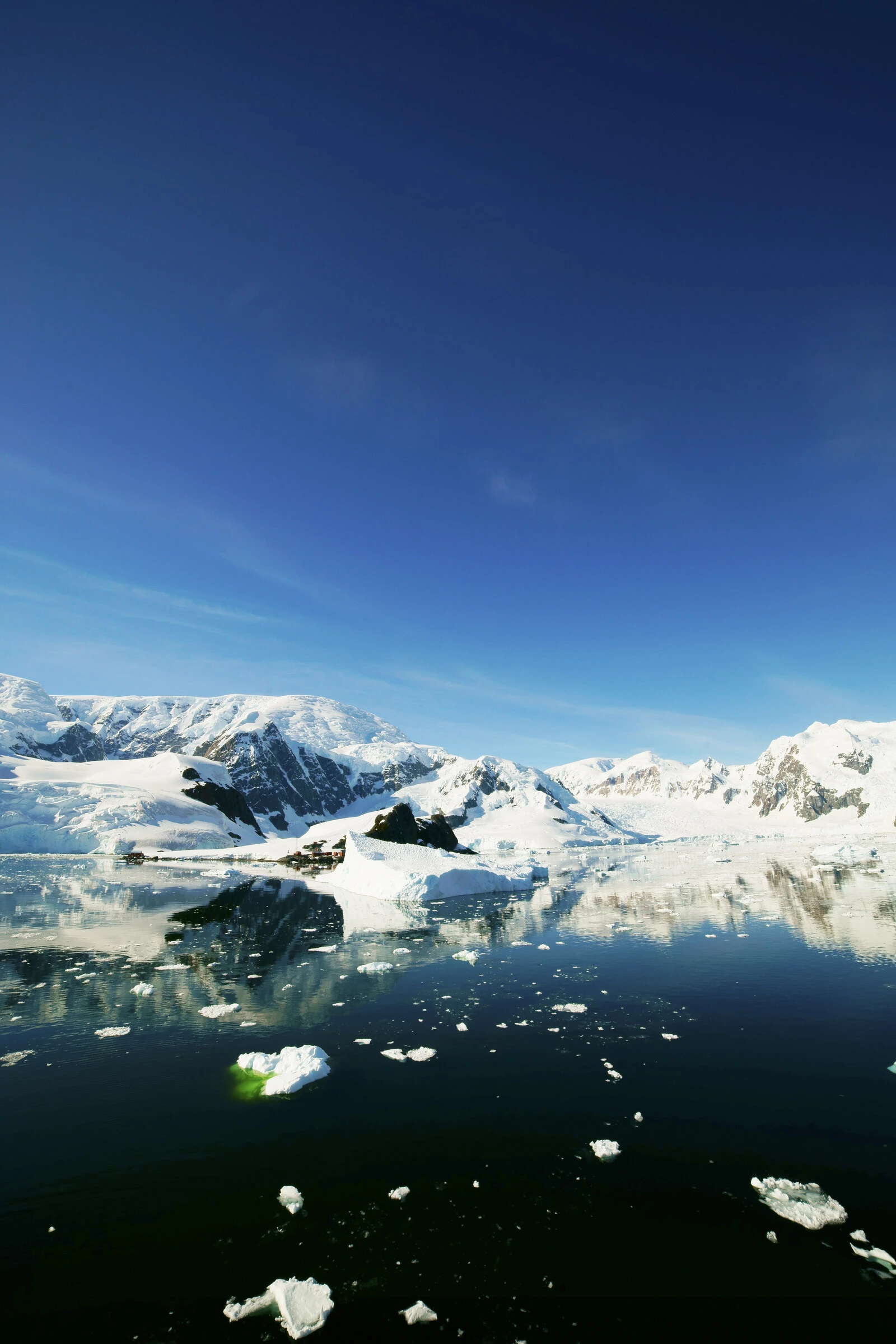This story includes details on the impacts of climate change that may be difficult for some readers. If you are feeling overwhelmed by this crisis situation here is a list of resources on how to cope with fears and feelings about the scope and pace of the climate crisis.
Heatwaves and rapid ice loss are showing up in Antarctica, the Arctic, and Switzerland’s glaciers, with news reports from all three regions pointing to the accelerating impacts of global heating.
Winter maximum sea ice hit a record low in Antarctica September 10, at 16.96 million square kilometres, “adding to scientists’ fears that the impact of climate change at the southern pole is ramping up,” Thomson Reuters reports, citing preliminary data from the U.S. National Snow and Ice Data Center (NSIDC).
“It’s not just a record-breaking year, it’s an extreme record-breaking year,” said NSIDC senior scientist Walt Meier.
“Researchers warn the shift can have dire consequences for animals, like penguins, who breed and rear their young on the sea ice while also hastening global warming by reducing how much sunlight is reflected by white ice back into space,” the news agency adds.
Sea ice extent around the southern pole actually increased between 2007 and 2016, Thomson Reuters said, but that trend has since reversed. Last year, an “unprecedented” 39°C temperature variation near the eastern coast of Antarctica was caused largely by the region’s natural variability, with a warming climate playing some role, a new study in the journal Geophysical Research Letters concluded. It was “the largest temperature anomaly ever recorded globally,” falling outside the range predicted by climate models.
“It was just very apparent that it was a remarkable event,” lead author Edward Blanchard-Wrigglesworth told the Washington Post.
Normal March temperatures in the region are typically around -54°C, the Post explains. But “on March 18, 2022, daily mean temperatures rose to -15°C, while an hourly temperature recording even peaked at -10°. That’s warmer than even the hottest temperature recorded during the summer months in that region,” a measurement that Blanchard-Wrigglesworth described as “pretty unbelievable”.
The new study attributes the stunning heatwave to unusually fast northerly winds from southern Australia that brought significant snow, rain, and melting to the eastern coast of the Antarctic ice sheet. Record-low sea ice on the frozen continent apparently had no impact on the heatwave.
“The new study asserts that the warmer atmosphere didn’t play a large role boosting temperatures,” the Post writes. “But climate change could have had another effect the models didn’t test, such as the effect on the anomalous winds that brought the warm air mass to the continent in the first place.” Meteorologist Jonathan Wille, an ETH Zurich researcher who was not a part of the study, “said unusual tropical downpours in the weeks beforehand created an atmospheric circulation pattern that was never observed before—leading to the extreme heat,” the news story states.
“It’s possible that climate change influenced the atmospheric dynamics like the tropical convection anomalies that led to the heatwave, but this is very difficult to quantify these things,” he told The Post in an email.
The Arctic “has been hit hard by climate change over the last decade, with sea ice rapidly deteriorating as the northern region warms four times faster than the global average,” Thomson Reuters writes. And Switzerland’s epic glaciers have lost 10% of their overall volume over the last two years after seeing their worst-ever melt rate in 2022 and their second-worst this year, The Associated Press reports.
“The one-two punch for Swiss glaciers during the country’s third hottest summer on record means they lost as much ice in two years as in the three decades before 1990,” AP says, citing a release from the Swiss Academy of Sciences. The research team attributed that “massive ice loss” to a combination of very low winter snow volumes, which left the glaciers more exposed to direct sunlight, and high summer temperatures.
Switzerland has already lost up to 1,000 small glaciers, out of an estimated total of 1,400, and “now we are starting to lose also bigger and more important glaciers,” said Matthias Huss, head of the GLAMOS monitoring agency.
“Glaciers are the ambassadors of climate change. They make it very clear what is happening out there, because they respond in a very sensitive way to warming temperatures,” he said. “The study underlines once again that there is big urgency to act now if you want to stabilize climate, and if you want to save at least some of the glaciers.”




